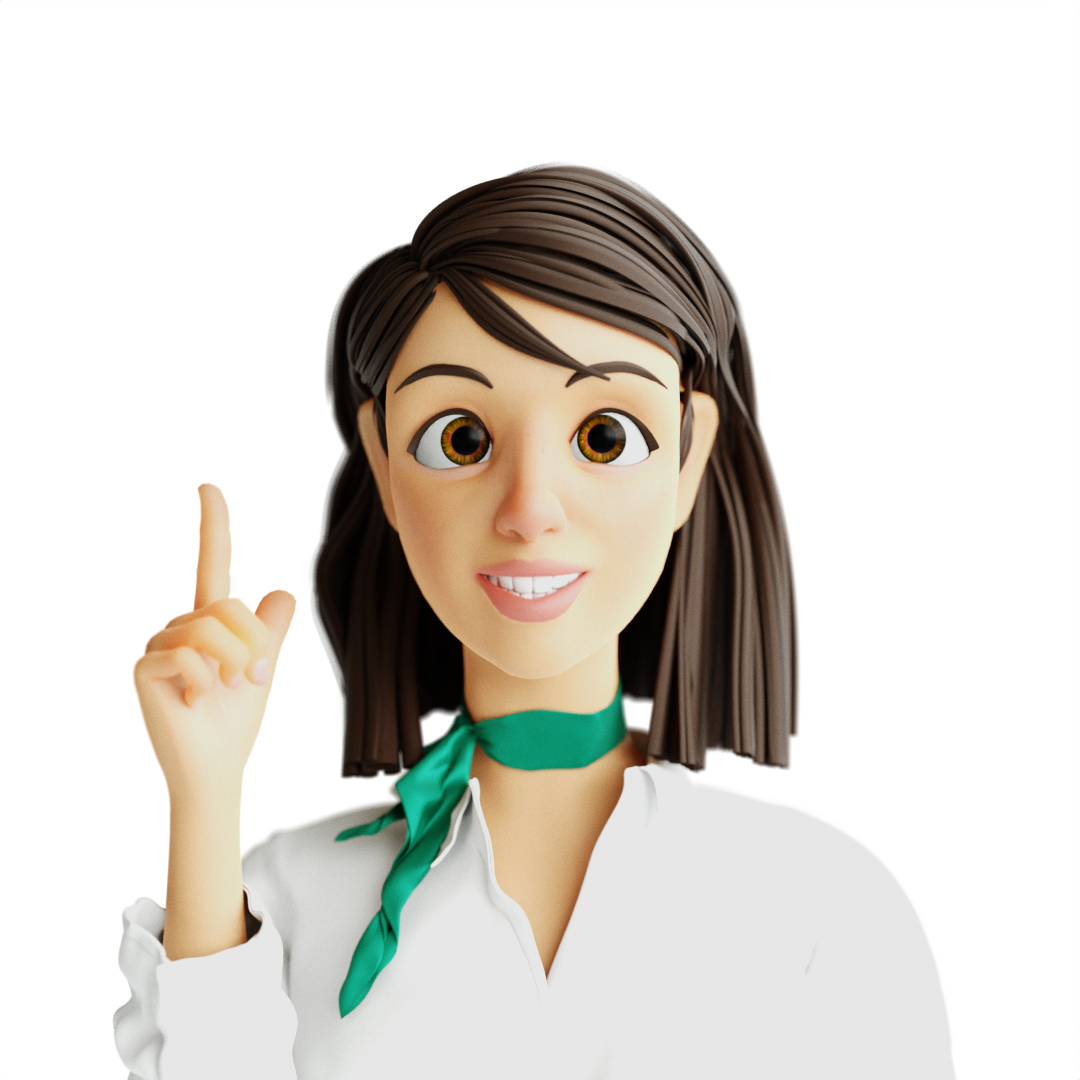Attention is also directed toward cognitive deficits, with Giustini emphasizing the need to address these aspects early in rehabilitation, given that they may be less apparent than motor deficits but equally crucial. Monitoring by a multidisciplinary team, including physiatrists, physiotherapists, occupational therapists, speech therapists, psychologists, and nurses, is vital. The potential for recovery, both cognitive and motor, depends on the extent of stroke-induced damage, with early rehabilitation proving pivotal. Neglecting rehabilitation for weeks or months post-stroke may lead to severe and sometimes irreversible damage. The integration of robotic neurorehabilitation tools, including machinery aiding motor recovery and virtual reality instruments stimulating specific cognitive or communicative functions, emerges as a promising avenue, especially when used at home. This integration, guided by specialists, can significantly contribute to achieving results not previously possible, with motivation playing a fundamental role in the rehabilitation process.
Strokes: Italy’s Second Leading Cause of Death and Comprehensive Rehabilitation.

Rehabilitation after a stroke is a critical aspect that requires immediate action on multiple fronts, as emphasized by expert Alessandro Giustini in the context of the World Stroke Organization’s findings. Each year, over 12 million people worldwide experience strokes, characterized by a sudden disturbance linked to the insufficient blood supply to a specific brain area, resulting in the loss or deterioration of cognitive and motor functions. In Italy, strokes are a leading cause of disability and the second leading cause of death after cardiovascular diseases. However, experts highlight the potential for significant preventive measures and, notably, strategies to mitigate consequences post-stroke.
Giustini underscores the importance of timely intervention, not only in emergency patient care but also in the initiation of rehabilitation therapy. Research and scientific evidence support the idea that early rehabilitation interventions lead to better outcomes. These interventions, appropriately tailored to the patient’s clinical conditions, should commence during the initial phases of pharmacological treatment or immediately following resuscitation, particularly in severe cases. Rehabilitation activities serve to prevent functional deterioration, reduce severity, and prepare the groundwork for more intensive treatments in subsequent stages.

